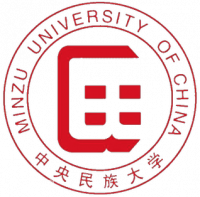Matrix coating assisted by an electric field (MCAEF) for enhanced tissue imaging by MALDI-MS
2015
期刊
Chemical Science
下载全文

- 卷 6
- 期 1
- 页码 729-738
- Royal Society of Chemistry (RSC)
- ISSN: 2041-6520
- DOI: 10.1039/c4sc01850h
